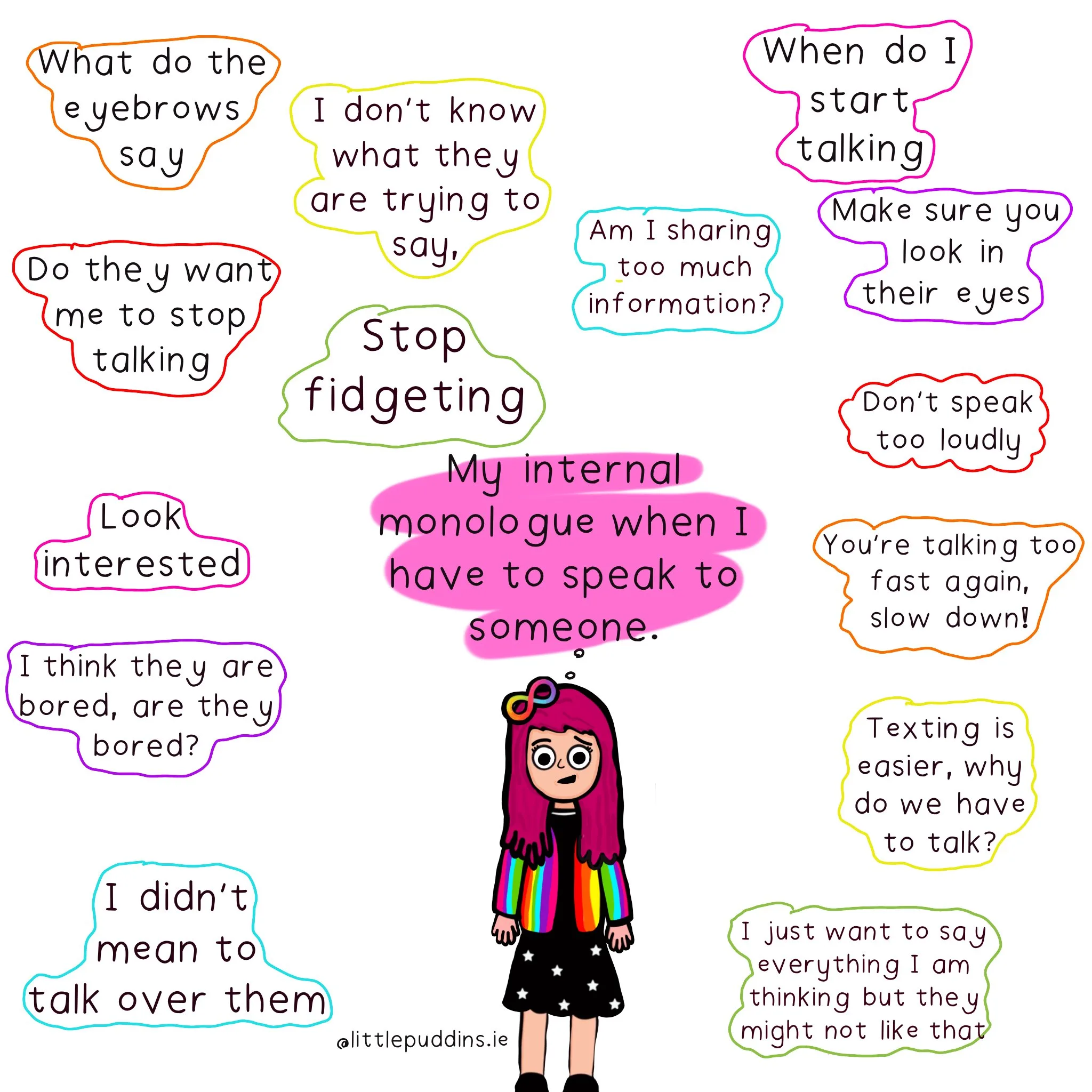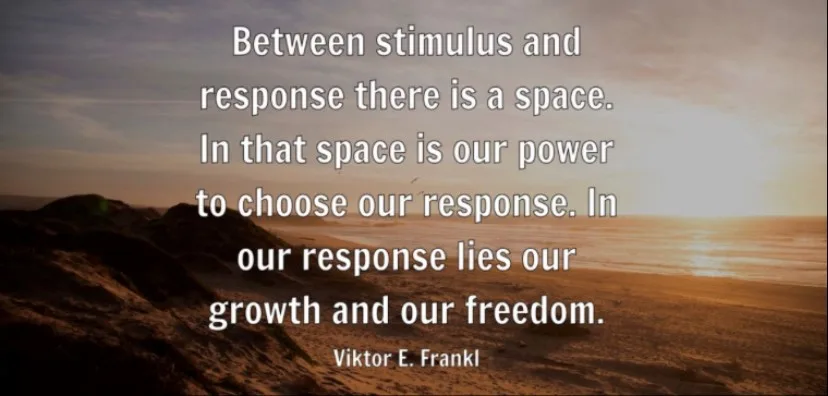This week, we’re asking, “Do we see the bigger picture?”
- As an employer, do I embrace neurodivergent hiring?
- As an individual, do I actively try to be aware of things that neurotypical individuals take for granted that might present challenges for neurodiverse people?
- Do I take the time to respond with understanding during interactions with neurodiverse people?
Neurodiversity captures the natural range of differences in human brain functions. It is used to highlight how people think differently from each other. It is often referred to in describing those with neurological conditions, such as:
- Attention Deficit Hyperactivity Disorder (ADHD)
- Autism Spectrum Disorder (ASD)
- Dyslexia, dyscalculia, and dyspraxia
Today, we explore our ability to recognize this bigger picture.
What are we reading this week?
I Am Here invites you to read this guide to neurodivergent-inclusive hiring. We often talk about equality, diversity, and inclusion, but do our considerations extend to neurodiverse people?
At I Am Here, we found this article to be a valuable insight into how acceptance and inclusion must extend beyond race, gender, and sexuality. We loved that this was written by a neurodivergent person. It’s incredibly important to listen first-hand to their challenges and needs.
Read the article (6-minute read)

We invite you to comment and share your reactions on our Facebook, X, Instagram and LinkedIn pages.
What are we looking at this week?
Have a look at the following image from a post by Amanda McGuinness. The image represents Amanda’s words, ‘My internal monologue when I try to have a conversation verbally with someone. I spend most of the time trying to monitor myself and trying to analyze the visual information. Losing most of what the conversation is actually about. It’s exhausting and traumatic.’
Do you see a bigger picture? Does the image make you aware of things that neurotypical individuals take for granted that might present challenges for neurodiverse people? Could something that seems simple be more difficult? Is the opposite also true?
Have you ever misread a situation? Have you misread a person? Have you made assumptions without the full facts? Have you been open with others about your challenges?
Look at post (3-minute read)

Let us know, so that we can share your knowledge, your understanding, your inclusion, and your acceptance. Share your stories with us at Facebook, X, Instagram and LinkedIn pages.
Who are we quoting this week?
“Between stimulus and response there is a space. In that space is our power to choose our response. In our response lies our growth and our freedom.”
Viktor E Frankl
I Am Here’s CLEAR skills are Compassion, Listening, Empathy, Acceptance, and Real. Do we stop, reflect, and show our Empathy CLEAR skill to others, or do we react instantly?
The I Am Here Arena course, I Am Here for Me: Self-checks, talks about how we can give ourselves space to respond instead of reacting. How could this practice change our interactions with neurodiverse people? We would love to hear your thoughts—our socials links are below.
Join I Am Here which offers help and support towards changing the world, one compassionate connection at a time.

If you have something to share with us, find us on our Facebook, X, Instagram and LinkedIn pages.
